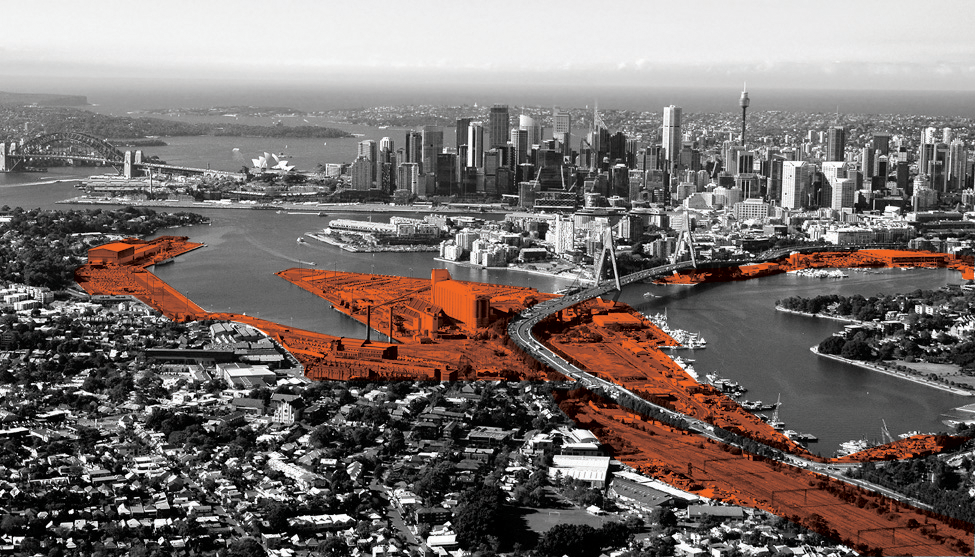Bays Precinct should be about public life
The Australian Institute of Landscape Architects (AILA) says that a failure to value public space as critical infrastructure would be a failure in planning our city for the 21st century.
“The Bays Precinct is a once in a generation opportunity to be bold and innovative in creating a sustainable city of the future. To be an economically competitive city we must densify and be connected. This means treating public space as critical infrastructure – the life support for our city.” said James Grant, AILA NSW President.
AILA supports that increased density can be more sustainable and help meet growing infrastructure and service needs. However, with increased population and increased housing comes the greater need for quality public space.
AILA’s position is that public spaces must be treated as a connected network, as we do with other infrastructure like roads and transport, as James Grant, AILA NSW President explains. “Attention must be given to public space – the streetscapes, plazas and parks – as they create amenity and connection through areas of increased density, creating vibrant communities with active use.”
AILA firmly believes that physical and economic access to public land is an inherent right of the citizens of New South Wales. “Any development needs to be matched with public benefit that addresses the changing demographic of our cities. We must plan for schools, parks, connected green spaces and connected public transport.” commented Grant.
AILA was a participant in the 2012 review into the bays precinct which concluded that publicly owned foreshore should remain as public space. The scale of the Bays Precinct, 80 hectares, is five times larger than Hyde Park. With 5.5 kilometres of public harbourside land, it spans from the Anzac Bridge to White Bay, including the Fish Markets, Blackwattle Bay and Rozelle train yards.
The major areas of consideration for AILA in the development outcomes for this site is the provision of appropriately scaled public domain, generous access to the harbour foreshore, green space linkages to adjacent communities, provision of sustainable energy supply and multi modal transport options , affordable housing opportunities and local employment generators.
“Bays Precinct represents an unprecedented opportunity for revitalising, providing much needed critical infrastructure, celebrating Sydney’s harbour’s unique heritage and improving our competitiveness as a city.” concluded Grant.


